
Last minute opening for Alaska brown bear hunt. Located in the largest state park in the US. Can take 2 bears. September 4-16, 2024. PM for details. Alaska brown bear hunt.
Post: 19 August 09:31

Post: 19 August 09:31

Post: 4 July 09:05
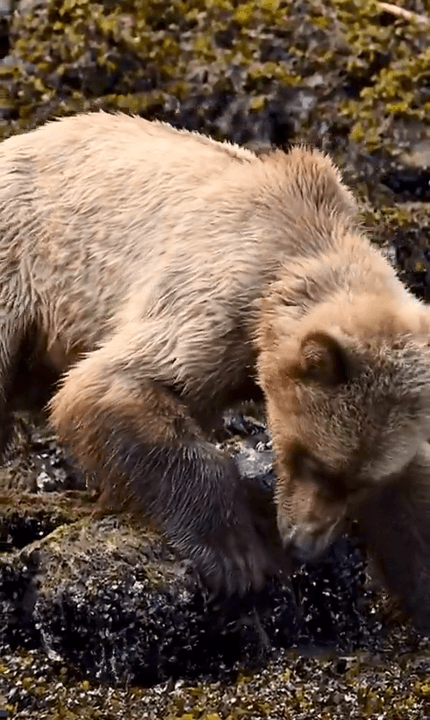
Post: 14 January 17:51

Post: 3 May 18:22

Post: 21 November 09:09
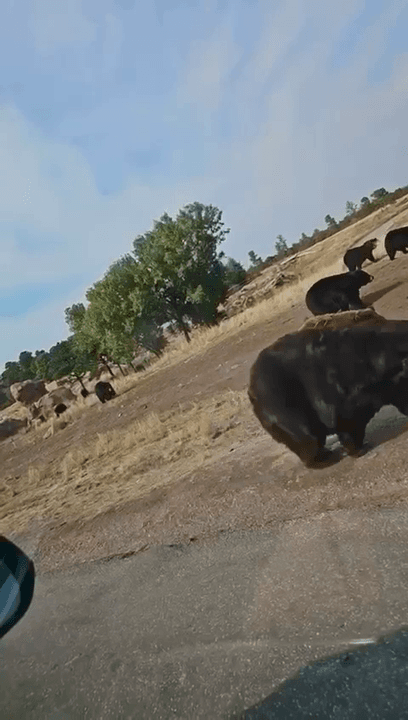
Post: 23 February 13:51

Post: 23 August 17:11
Post: 5 March 17:34

Post: 17 October 17:35

Post: 22 August 11:47

Post: 24 June 16:19

Post: 17 September 08:58
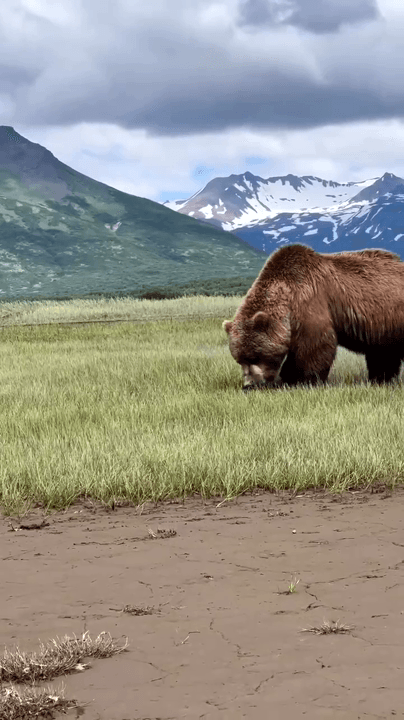
Post: 12 February 23:38

Post: 21 April 06:51

Post: 27 June 20:21

Post: 31 October 23:18

Post: 19 August 09:47

Post: 3 November 20:17

Post: 16 December 10:00

Post: 20 November 09:47

Post: 24 April 09:31

Post: 9 June 17:54
Post: 16 September 18:44

Post: 11 September 21:52

Post: 12 July 08:33

Post: 26 October 10:44

Post: 12 February 14:26

Post: 26 June 15:15

Post: 20 November 14:51

Post: 19 July 17:35

Post: 9 August 18:08
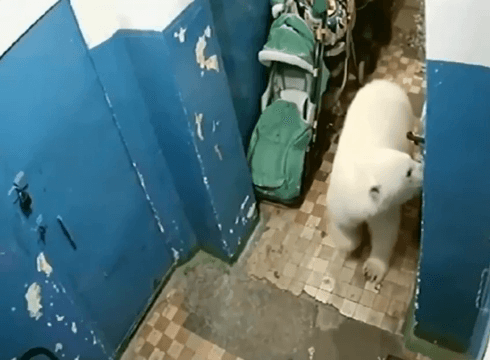
Post: 25 March 20:27
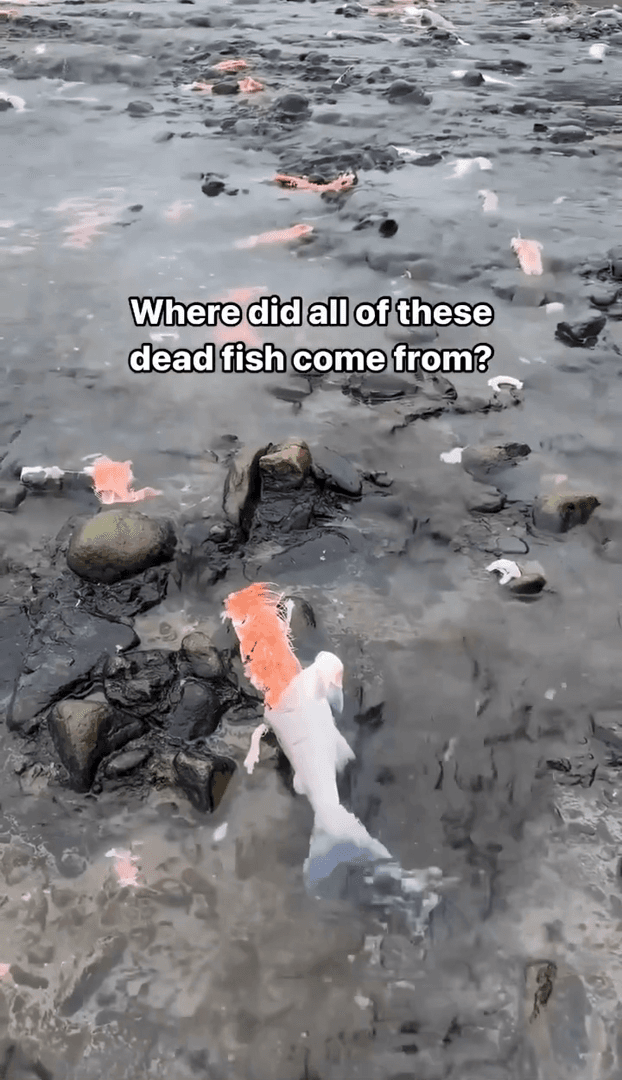
Post: 12 March 20:38
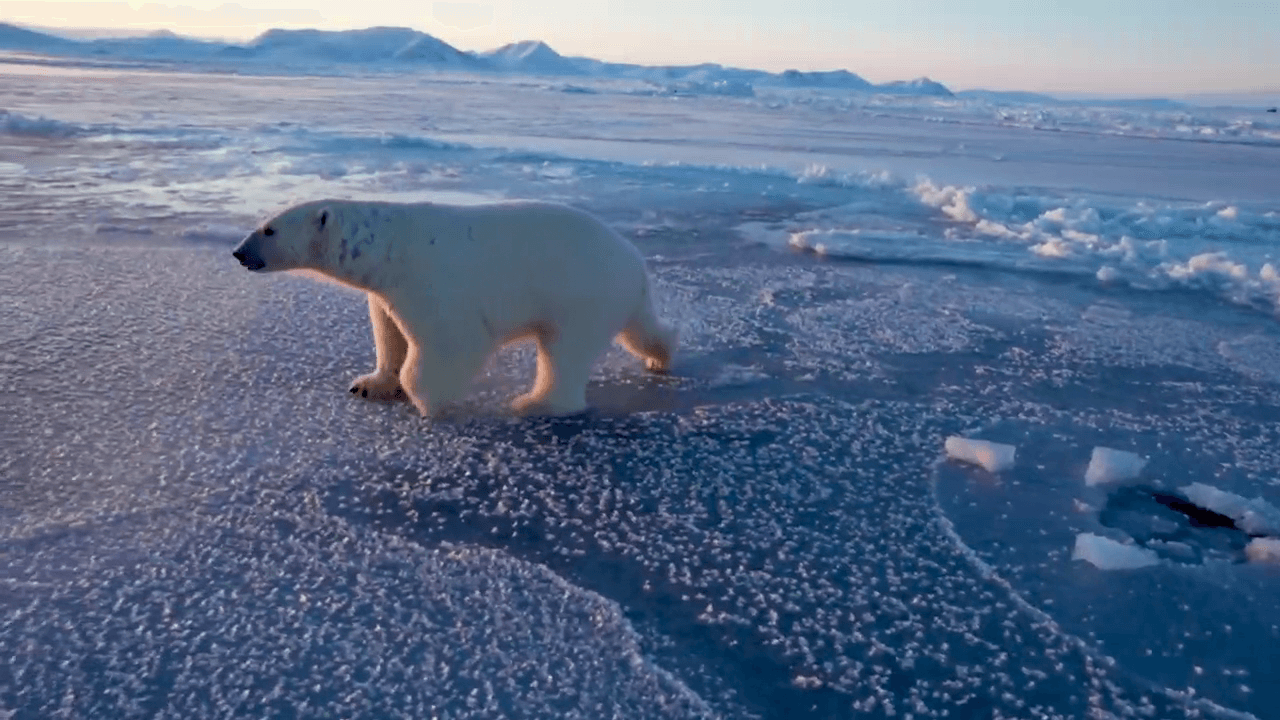
Post: 5 March 14:33
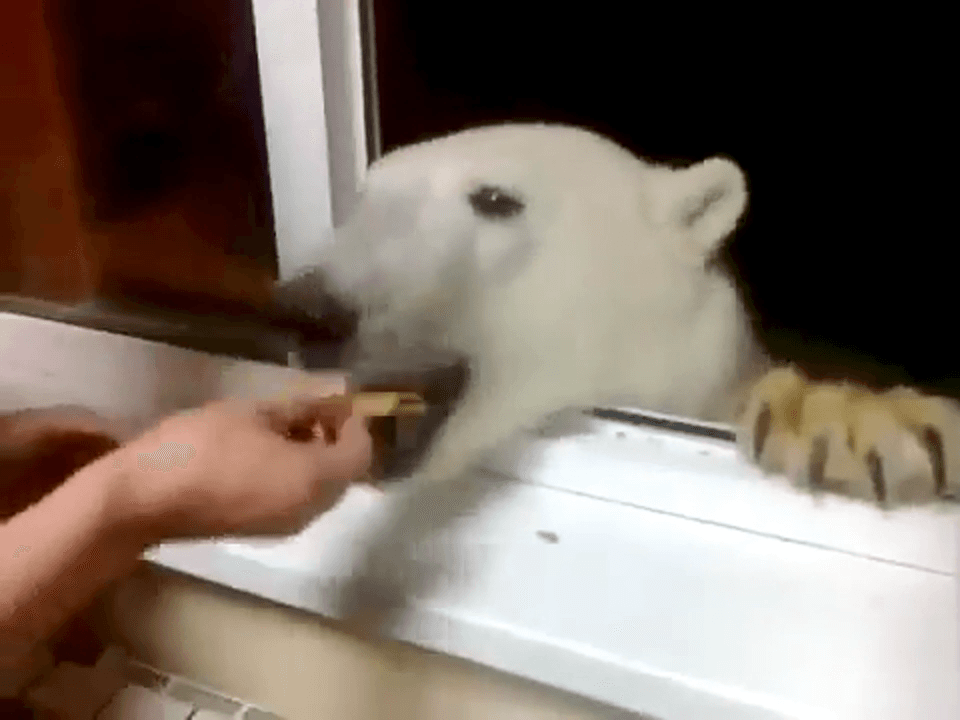
Post: 28 January 11:17

Post: 18 July 17:38

Post: 8 November 19:20
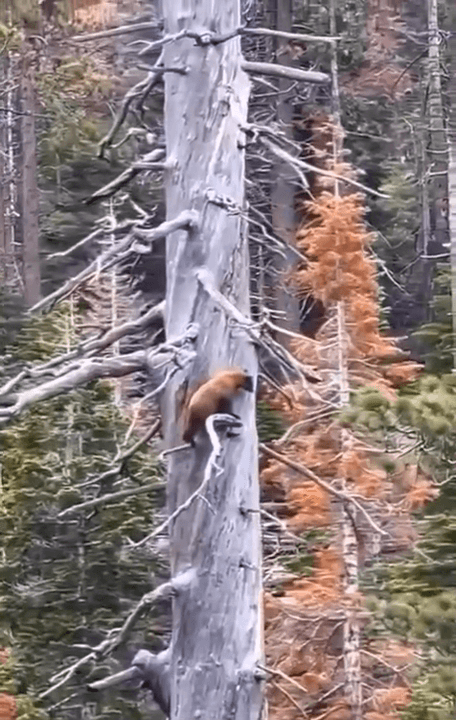
Post: 5 March 22:06

Post: 21 November 15:15

Post: 16 May 11:05

Post: 15 May 20:36

Post: 11 January 20:27

Post: 29 November 12:12

Post: 19 April 17:47

Post: 1 September 11:05

Post: 17 May 13:25

Post: 28 August 11:27

Post: 29 November 01:32

Post: 16 November 18:06

Post: 9 May 17:07